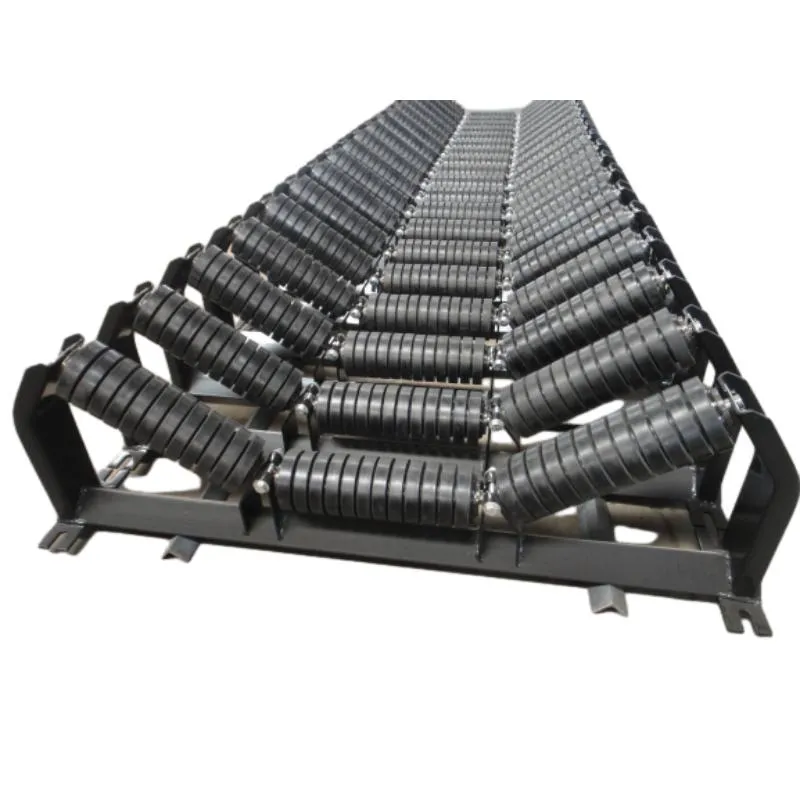Understanding the Function and Importance of Belt Drive Idlers in Mechanical Systems
Understanding Belt Drive Idlers Their Role and Importance
Belt drive systems are an essential component in many mechanical systems, providing a means to transmit power between shafts over a distance. One crucial part of these systems is the belt drive idler. Idler pulleys serve several important functions in a belt drive system, contributing to its efficiency, longevity, and overall performance.
What is a Belt Drive Idler?
A belt drive idler is a pulley that does not drive a load but instead plays a role in guiding the belt and maintaining proper tension. Idlers can be found in various configurations, including fixed, adjustable, and tensioning variations. Although they do not directly transmit power, their design is critical to the optimal functioning of the belt drive system.
Functions of Belt Drive Idlers
1. Tension Maintenance One of the primary roles of an idler is to maintain the proper tension on the belt. A tensioned belt maximizes power transmission efficiency and minimizes slippage. Insufficient tension can lead to loss of power, increased wear, and potential failure of the drive system. Idlers help maintain this tension, ensuring that the belt remains in contact with the driven pulleys.
2. Guiding the Belt Idler pulleys also help guide the belt path. By providing additional contact points, they can help prevent the belt from wandering off the intended track. This is particularly important in systems where precision is key, as misalignment can lead to increased wear and tear or even catastrophic failure of the drive system.
3. Adjustability and Alignment Many idler systems are designed to be adjustable, allowing for fine-tuning of belt tension and alignment. This adaptability is crucial because it permits maintenance personnel to make necessary adjustments based on wear and tear, thus prolonging the life of the belt and associated components.
belt drive idler

4. Reduction of Vibration and Noise Idlers can also play a role in dampening vibrations and reducing noise within the belt drive system. By providing a stable contact point, they can mitigate some of the dynamic forces that occur during operation, leading to a more stable and quieter system. This is particularly beneficial in applications where noise reduction is critical.
Materials and Design
The effectiveness of a belt drive idler is heavily influenced by its material and design. Common materials used for idler pulleys include steel, aluminum, and various polymers. The choice of material affects weight, durability, and resistance to wear. Moreover, designs can vary from simple cylindrical shapes to more complex configurations that can accommodate greater tension and load.
Applications of Belt Drive Idlers
Belt drive idlers are found in a multitude of applications across various industries. From automotive and aerospace to manufacturing and household equipment, they are pivotal in systems ranging from conveyor belts to engine timing systems. Understanding and optimizing the performance of these idlers ensures that the entire belt drive system operates at peak efficiency.
Conclusion
In conclusion, belt drive idlers are a fundamental yet often overlooked component of belt drive systems. Their roles in maintaining tension, guiding the belt, accommodating adjustability, and reducing noise significantly affect system performance. As technology advances and industries evolve, the design and application of belt drive idlers will continue to play an integral role in ensuring efficient and reliable power transmission across various fields. Understanding the importance of these components is essential for engineers and maintenance personnel dedicated to enhancing mechanical system performance.
-
Impact Roller for Belt Conveyor – Durable Solutions for IndustryNewsNov.24,2025
-
Rubber Conveyor Rollers – Quiet, Durable, Sealed BearingsNewsNov.24,2025
-
Industrial Conveyor Belt Rollers: Durable Solutions for Harsh EnvironmentsNewsNov.24,2025
-
Idler Rollers for Belt Conveyors | Durable, Low-Noise OEMNewsNov.24,2025
-
Durable Rubber Conveyor Belt Rollers for Industrial UseNewsNov.24,2025
-
Ceramic Lagging Conveyor Pulley – Anti-Slip, Wear-ResistantNewsNov.17,2025






























